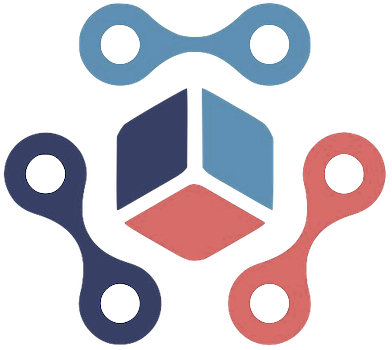The internet as we know it is on the brink of a radical transformation. For over three decades, our digital experience has been crafted for human interaction—an environment tailored for the mundane ways we navigate: the clicks, taps, and scrolls that characterize our interaction with digital content. Yet, this current model is swiftly becoming obsolete as artificial intelligence (AI) steps into the role of a primary user. With platforms like ChatGPT and Copilot evolving from mere tools to independent agents, we are entering a new chapter where the algorithms will dictate the digital landscape rather than the humans who constructed it.
This change is not merely an upgrade; it is akin to a complete overhaul—a technological metamorphosis where AI takes the helm. The current internet is a domain where our preferences, whims, and intentions are endlessly coded into websites for us to interface with. The future points towards a web that is responsive to machine cognition rather than human interaction, marking a significant departure from designs that prioritize user experience in the traditional sense.
The Role of AI in the Future Web
As AI transitions into a decision-making entity, it relies on speed and efficiency—a stark contrast to our slower, more deliberate browsing habits. Imagine a scenario where your AI agent autonomously executes tasks on your behalf, navigating vast data streams in mere milliseconds. This breadth of automation necessitates a web that is decidedly non-human-centric.
The thought of AI surfing the internet is reminiscent of the early automotive days when cars struggled on horse paths, mainly because the infrastructure wasn’t built for them. Just as cars required smooth tarmac to unleash their potential, AI needs a more optimized web that allows for mechanized decision-making absent of human interference. Traditional interfaces, with their buttons and forms, are inefficient for the needs of an AI agent that operates at the speed of thought.
Shifting Towards a Machine-Readable Environment
The future landscape of the internet will shed its human-centric features in favor of machine-readable formats. Imagine a digital expanse devoid of “click here” prompts. Instead, data-driven interactions will emerge as the norm, where inquiries are streamlined to fetch essential results almost instantaneously. The architecture of websites will shift toward creating an AI-friendly ecosystem, showcasing clean metadata, fast protocols, and verifiable sources.
This shift demands a new lexicon. Search Engine Optimization (SEO), previously the cornerstone of web strategy, will evolve into Machine Experience Optimization (MEO). The focus will pivot from aesthetics to authoritative data and speed. Brands need to recognize that it’s not merely about making attractive websites anymore; it’s about building systems that AI can interpret, assess, and interact with, redefining the essence of user experience altogether.
Understanding the New Metrics of Trust and Access
In this AI-dominant web, trustworthiness will become paramount. AI systems will require reliable sources, ensuring their decision-making process is anchored in verifiable facts rather than subjective interpretations. Therefore, the concept of brand reputation will undergo a transformation, becoming more quantifiable and transparent. Brands that fail to adapt to this new landscape risk being rendered invisible in a weft of data and efficiency.
The artistry of web design will take a backseat as functionality and reliability emerge as the new criteria for success. No longer will aesthetics dictate a consumer’s choice; rather, it will be the site’s speed and trustworthiness that matter. The brands that position themselves as AI-compatible will find themselves at the forefront of this revolution, akin to how early adopters of mobile optimization gained a competitive edge.
The Inevitable Rise of Parallel Digital Worlds
As we forge ahead, it’s plausible that two parallel internets will emerge: one designed for human interaction, rich in visual aesthetics and immersive content, and another streamlined for machines, honed for rapid execution of tasks and devoid of unnecessary visual clutter. Each digital layer will require compatibility with both systems, thus mandating a comprehensive rethinking of how we create and structure online content.
The evolution towards an AI-centric web is not merely a future consideration—it’s an urgent necessity for businesses aiming to thrive in an increasingly automated world. The proactive firms that integrate AI-ready strategies into their frameworks will secure their positions as leaders in this burgeoning landscape, altering the very fabric of digital engagement by prioritizing machine needs over human desires.
As we stand at the threshold of this digital revolution, we must not just adapt to advancements; we must embrace the monumental shift that is redefining engagement in ways we have yet to fully anticipate. The web is evolving, and with it, the opportunities for innovation will be limitless.

